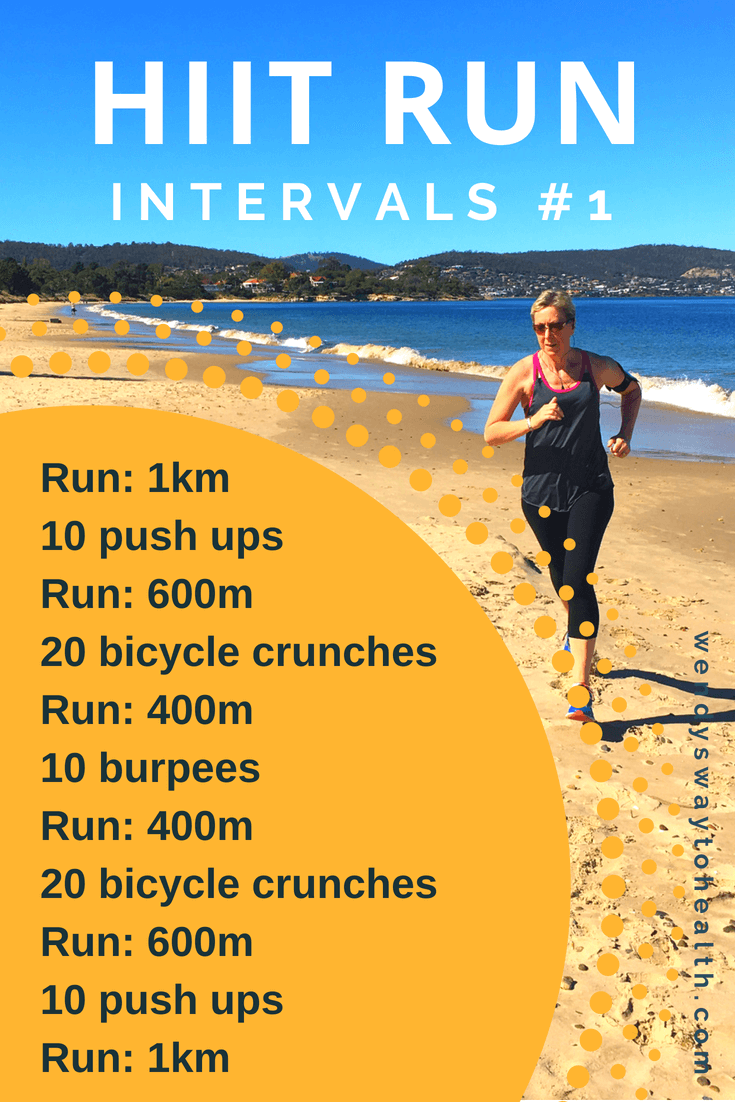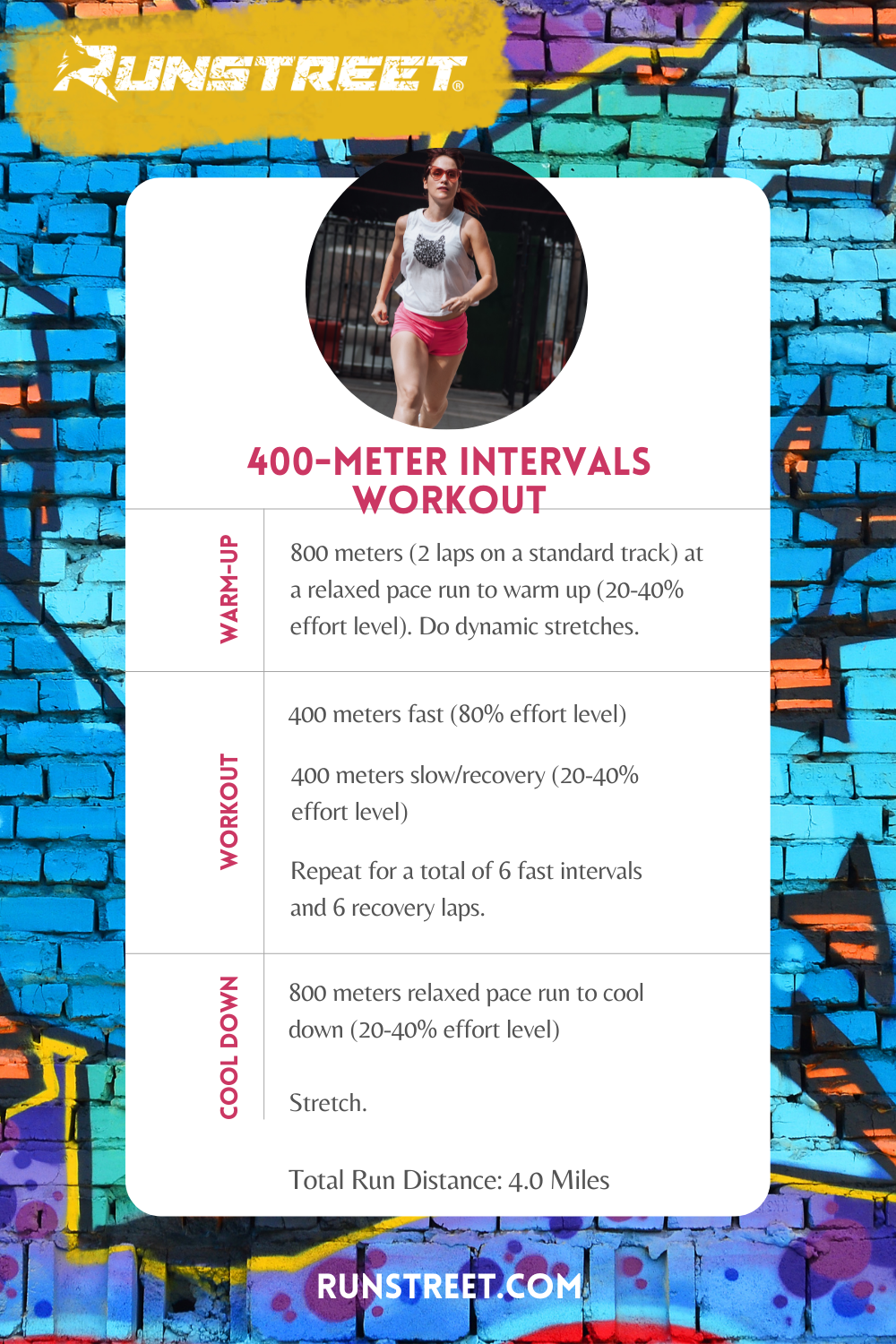The Ultimate Running Strategy Overview: Achieve Your Health And Fitness Goals
The Ultimate Running Strategy Overview: Achieve Your Health And Fitness Goals
Blog Article
Taking Care Of Usual Running Discomforts: Causes, Solutions, and Prevention
As runners, we frequently come across various discomforts that can impede our efficiency and enjoyment of this physical task. By checking out the origin reasons for these running discomforts, we can uncover targeted solutions and preventative steps to ensure a smoother and a lot more satisfying running experience.
Typical Running Pain: Shin Splints
Shin splints, a typical running pain, often result from overuse or improper footwear during physical task. The repeated stress on the shinbone and the cells connecting the muscles to the bone leads to inflammation and discomfort.
To prevent shin splints, people should progressively increase the strength of their exercises, put on proper shoes with proper arch support, and preserve adaptability and strength in the muscle mass bordering the shin (running strategy). Additionally, integrating low-impact tasks like swimming or biking can aid maintain cardiovascular fitness while enabling the shins to recover.
Typical Running Discomfort: IT Band Disorder
Along with shin splints, another prevalent running discomfort that professional athletes frequently come across is IT Band Disorder, a condition created by swelling of the iliotibial band that runs along the external upper leg and knee. IT Band Syndrome commonly shows up as pain on the outside of the knee, especially throughout tasks like running or biking. The iliotibial band is a thick band of fascia that attaches the aware of the shin, and when it becomes irritated or tight, it can rub versus the upper leg bone, resulting in pain and pain.
Runners experiencing IT Band Disorder might discover a painful or aching feeling on the outer knee, which can worsen with ongoing activity. Variables such as overuse, muscle mass inequalities, improper running type, or insufficient warm-up can contribute to the advancement of this problem.
Usual Running Pain: Plantar Fasciitis

Plantar Fasciitis can be attributed to different factors such as overtraining, incorrect shoes, running on tough surfaces, or having high arches or level feet. To stop and minimize Plantar Fasciitis, runners can incorporate extending exercises for the calves and plantar fascia, put on supportive shoes, maintain a healthy and balanced weight to lower strain on the feet, and slowly boost running strength to stay clear of sudden stress on the plantar fascia. If symptoms linger, it is suggested to consult a medical care expert for correct diagnosis and treatment choices to address the condition efficiently.
Typical Running Discomfort: Runner's Knee
After addressing the challenges of Plantar Fasciitis, another widespread issue that joggers commonly face is Jogger's Knee, check my site a typical running pain that can prevent sports efficiency and trigger discomfort throughout exercise. Runner's Knee, also known as patellofemoral discomfort disorder, manifests as pain around or behind the kneecap. This problem is usually connected to overuse, muscle inequalities, incorrect running techniques, or issues with the alignment of the kneecap. Runners experiencing this discomfort might feel a dull, hurting discomfort while running, going up or down staircases, or after extended durations of resting. To avoid Jogger's Knee, it is vital to incorporate proper workout and cool-down routines, maintain strong and well balanced leg muscular tissues, put on proper footwear, and progressively increase running intensity. If signs linger, inquiring from a health care expert or a sports medicine specialist is advised to diagnose the underlying cause and develop a customized therapy plan to reduce the discomfort and protect against additional problems.
Common Running Pain: Achilles Tendonitis
Commonly afflicting runners, Achilles Tendonitis is a painful problem that affects the Achilles ligament, triggering pain and possible restrictions in physical activity. The Achilles tendon is a thick band of tissue that attaches the calf muscles to the heel bone, crucial for activities like running, leaping, and strolling - more about it here. Achilles Tendonitis commonly creates as a result of overuse, improper shoes, insufficient extending, or sudden increases in physical activity
Signs And Symptoms of Achilles Tendonitis include pain and stiffness along the tendon, especially in the early morning or after durations of inactivity, swelling that gets worse with activity, and potentially bone stimulates in chronic situations. To protect against Achilles Tendonitis, it is necessary to extend effectively previously and after running, wear appropriate shoes with correct assistance, slowly increase the strength of exercise, and cross-train to lower repeated tension on the tendon.
Conclusion

Report this page